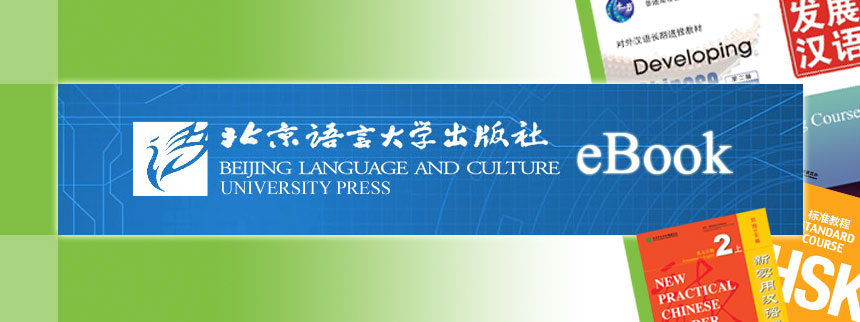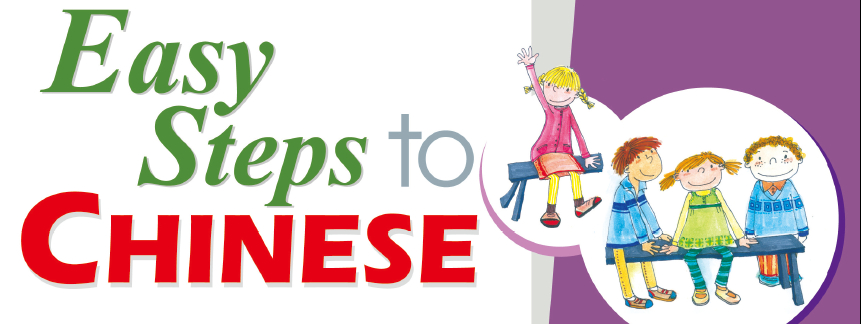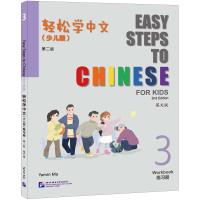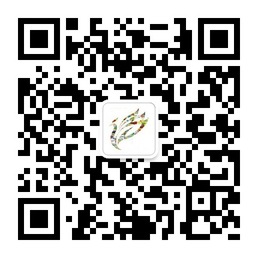Online Bookstore
- Easy Steps to Chinese for Kids (2nd Edition) Chinese Character Writing Book 4
- Easy Steps to Chinese for Kids (2nd Edition) Chinese Character Writing Book 3
- Easy Steps to Chinese for Kids (2nd Edition) Chinese Character Writing Book 2
- Easy Steps to Chinese for Kids (2nd Edition) Chinese Character Writing Book 1
- Online Reading (Non-downloadable): Easy Steps to Chinese for Kids (2nd Edition) Workbook 4
- Online Reading (Non-downloadable): HSK Standard CourseEasy Steps to Chinese for Kids (2nd Edition) Textbook 4
Easy Steps to Chinese for Kids (2nd Edition) Workbook 3
Author:Yamin Ma
- Medium:Books
- ISBN: 9787561964378
- Page Count: 121
- Size:285 × 210 mm
- Pub Date:2024-01
- The book weight: 379 g
- Annotation Language:English
- Course:Comprehensive
- Target Audience(Age):Preschool ,Primary School
- Target Audience(Language):
- The Series: Easy Steps to Chinese for Kids (2nd Edition)
- Subject Zone: Easy Steps to Chinese for Kids (2nd Edition)
- Price:
-
Category: Readers & Supplements >Supplements














